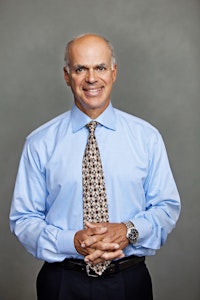Poor Ovarian Responders – Does Using The Natural Cycle Help?
BACKROUND
Stimulation of the ovaries (controlled ovarian hyperstimulation) has long been an important element of in-vitro fertilization success, enabling the transfer of more than one embryo when indicated and also allowing embryo selection in an effort to maximize treatment success. However, some patients are found to be poor responders to ovarian stimulation, and it is unclear what the best approach should be for this group of patients. Some clinics have recommend minimal or no stimulation for patients categorized as poor ovarian responders. Most of the data suggesting good cumulative pregnancy rates using the natural cycle include the general population, not exclusively the poor ovarian responders. A recently published Israeli study (Kedem et al., Fertility and Sterility – June 2014) sheds some light on the use of the natural or minimally stimulated cycle for patients identified as genuine poor ovarian responders.
DEFINING POOR RESPONDERS
Precisely defining what constitutes a poor responder has been elusive. The European Society of Human Reproduction and Embryology has agreed to the following definition:
“The minimal criteria needed to define poor ovarian response are the presence of at least two of the following three criteria.”
1 – Advanced maternal age (greater than or equal to 40 years), or any other risk factor for poor ovarian response
2 – A previous poor ovarian response (less than or equal to 3 eggs retrieved with a conventional stimulation protocol.
3 – An abnormal ovarian reserve test.
THE STUDY
The Israeli study looked at one hundred eleven genuine poor responders as defined above, who were treated with a modified natural cycle. Patients in the study also were required to have had a failed conventional IVF cycle in which three or fewer egg were retrieved. The modified natural cycle included the use of a GnRH antagonist and two to three ampules per day of FSH/LH when the lead follicle was 13 mm in diameter. This approach was designed to limit the number of cancelled cycles due to spontaneous LH surges.
RESULTS
Among the 111 patients who underwent a modified natural IVF treatment cycle, only one patient achieved a live birth (.9%).
In addition, 43 patients had no eggs retrieved at the egg pick-up procedure. Since all of these patients had undergone a previous failed conventional stimulation IVF cycle, the authors were able to determine that only 8 of the studied patients had no eggs retrieved in the conventional stimulation cycle.
The authors were also able to look at a group of patients who met the same criteria of poor ovarian response, and went forward with conventional stimulation IVF in their program. The live birth rate in this group was 4%.
SUMMARY
This study suggests that when patients are truly poor ovarian responders, the modified natural cycle as described in this paper, has limited benefit. Conventional stimulation IVF, although also demonstrating disappointing results, is the better option for this group of patients. The authors suggest that egg donation or adoption be seriously considered for this group of patients.



